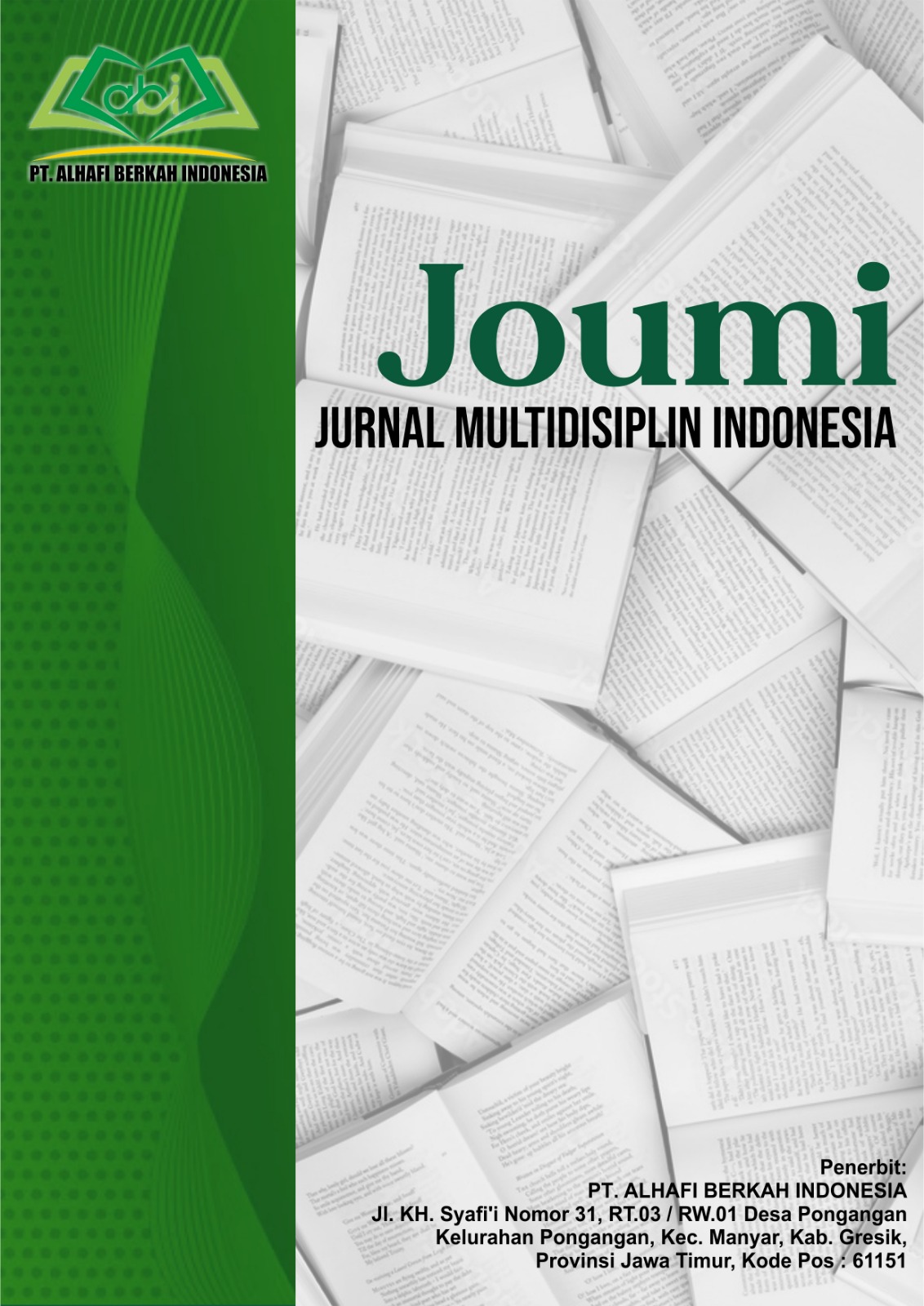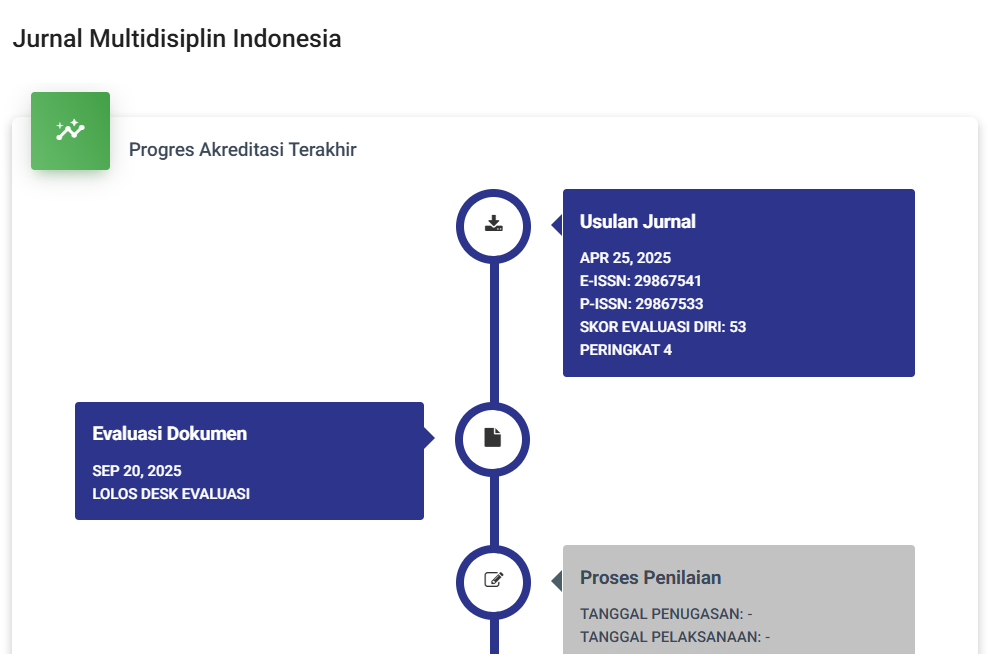Digitalization Of Financial Services And Financial Inclusion In Rural Areas
DOI:
https://doi.org/10.62007/joumi.v3i2.463Keywords:
financial digitalization, financial inclusion, rural areas, digital literacy, branchless bankingAbstract
This research examines the relationship between digitalization of financial services and increasing financial inclusion in rural areas of Indonesia. Through a qualitative approach with interviews and observations in three villages in Central Java, the research identifies that limited internet access, low digital literacy, and infrastructure constraints are the main challenges in implementing digital financial services. However, it was found that branchless banking programs, simple digital wallets, and continuous assistance have successfully increased rural communities' access to formal financial services. Strengthening banking agent networks, structured digital literacy training, and supportive policies are needed to ensure sustainable financial inclusion. The results show that digitalization of financial services has the potential to reduce the financial access gap between urban and rural communities when implemented with consideration of local socio-economic conditions.
References
Aron, J. (2018). Mobile Money and the Economy: A Review of the Evidence. The World Bank Research Observer, 33(2), 135-188.
Bank Indonesia. (2022). Laporan Ekonomi dan Keuangan Digital Indonesia 2022. Jakarta: Bank Indonesia.
Demirgüç-Kunt, A., Klapper, L., Singer, D., Ansar, S., & Hess, J. (2018). The Global Findex Database 2017: Measuring Financial Inclusion and the Fintech Revolution. Washington, DC: World Bank.
Diniz, E., Birochi, R., & Pozzebon, M. (2020). Triggers and barriers to financial inclusion: The use of ICT-based branchless banking in an Amazon county. Electronic Commerce Research and Applications, 11(4), 484-494.
Jain, S., & Gabor, D. (2020). The Rise of Digital Financialisation: The Case of India. New Political Economy, 25(5), 813-828.
Mas'ud, A., Manaf, N. A. A., & Saad, N. (2019). Trust and power as predictors to tax compliance: Global evidence. Economics and Sociology, 12(2), 192-204.
Munyegera, G. K., & Matsumoto, T. (2022). Mobile Money, Remittances, and Household Welfare: Panel Evidence from Rural Uganda. World Development, 79, 127-137.
Otoritas Jasa Keuangan. (2023). Survei Nasional Literasi dan Inklusi Keuangan 2022. Jakarta: OJK.
Ozili, P. K. (2021). Financial inclusion research around the world: A review. Forum for Social Economics, 50(4), 457-479.
Prahalad, C. K. (2019). The Fortune at the Bottom of the Pyramid: Eradicating Poverty Through Profits. Revised and Updated 5th Anniversary Edition. Pearson Education.
Rahman, A., Belas, J., Kliestik, T., & Tyll, L. (2020). Collateral requirements for SME loans: empirical evidence from the Visegrad countries. Journal of Business Economics and Management, 18(4), 650-675.
Siriwardana, C., & Nanda, P. (2023). Digital Financial Inclusion: Barriers and Policy Considerations for Rural Communities. Journal of Development Studies, 57(3), 412-429.
Suri, T. (2017). Mobile Money. Annual Review of Economics, 9, 497-520.
Tambunan, T. (2021). Financial Inclusion, Financial Education, and Financial Regulation: A Story from Indonesia. ADBI Working Paper 1127. Tokyo: Asian Development Bank Institute.
Widodo, T., & Rahman, A. (2021). Factors affecting digital financial service adoption among rural communities: Evidence from Indonesia. Journal of Economics and Administrative Sciences, 37(1), 63-81.
World Bank. (2020). Global Financial Development Report 2019/2020: Bank Regulation and Supervision a Decade after the Global Financial Crisis. Washington, DC: World Bank.
Downloads
Published
How to Cite
Issue
Section
License
Copyright (c) 2025 Rita Ningsih, Yolanda Yolanda

This work is licensed under a Creative Commons Attribution-ShareAlike 4.0 International License.







